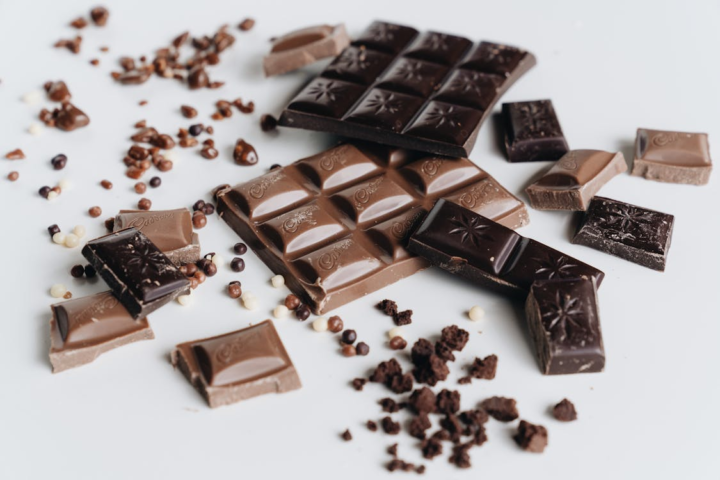Chocolate prices are about to get steeper as Cocoa prices soared past the milestone of $10,000 per metric ton.
The increase in cocoa futures, which have already doubled in value this year, is primarily attributed to poor crops in key West African cocoa-producing regions, setting the stage for a potential third consecutive annual supply deficit.
The industry grapples with the aftermath of meagre returns to cocoa farmers, heightening apprehensions about sourcing adequate beans.

Beyond physical supply shortages, financial market pressures intensify as traders hedge against physical holdings, grappling with margin calls on losses from derivatives.
The relentless rally propelled cocoa futures to reach as high as $10,080 a ton in New York, reflecting an unprecedented level that seemed implausible mere months ago. While some anticipate profit-taking as prices enter the overbought territory, analysts caution that the rally may not have reached its peak.
The escalating cocoa prices are squeezing the margins of chocolate manufacturers, posing a challenge to their profitability. This surge in cocoa prices spells trouble for consumers as well, particularly if companies opt to transfer the increased costs directly to them or resort to selling smaller products with reduced chocolate content.
With the Easter holiday fast approaching, traditionally a time of heightened chocolate consumption, consumers are likely to feel the pinch even more.
The delay between changes in commodity prices and their reflection in retail prices means that shoppers may not yet have fully experienced the impact of the cocoa price surge, suggesting that the toughest times at the checkout counter are still on the horizon.
What we know
Reaching the $10,000 level could trigger smaller profits as the steep price action may indicate exhaustion in the rally.
However, there’s a risk that the supply situation may worsen, especially with incoming European Union rules aimed at curbing deforestation by reducing the sale of products contributing to the cutting down of trees potentially complicating the procurement process for chocolate makers within the industry.
Attention now shifts to West Africa’s upcoming mid-crop harvest, with expectations of a contraction in Ivory Coast, the top cocoa producer. While efforts to ramp up production in Brazil and Ecuador are underway, it takes time for newly planted cocoa trees to bear beans, delaying relief to strained global supplies.
The International Cocoa Organization forecasts a ratio of stockpiles-to-grindings to fall to the lowest in over four decades this season, underscoring the precarious position of the market.
Shares of chocolate makers including Hershey Co., Rocky Mountain Chocolate Factory Inc., and Mondelez International Inc. edged lower as higher cocoa costs pressure profits, potentially leading to smaller products or higher prices for consumers.
Support InfoStride News' Credible Journalism: Only credible journalism can guarantee a fair, accountable and transparent society, including democracy and government. It involves a lot of efforts and money. We need your support. Click here to Donate
